Failures are a part and parcel of our lives and we have to cope with them patiently and efficiently. As in our personal lives, failures are a part of professional life too. One such field is industrial automation.
Industrial Automation Systems
Industrial automation is a great way to minimize the time for production, save manpower costs, increase reliability, and ensure accurate results. But, it is too vulnerable to some general failures. And considering the sensitivity of the system, its failure can be a big blow to the business house.
So, we need to have an idea of some general types of failures that occur in automation systems. In this post, we will see the types of failures in industrial automation systems.

Types of Failures
The most common types of failures in the industrial automation systems are listed here.
- Human error
- Programming error
- Hardware failure
- Network failure
- Field instrument failure
- PLC panel failure
- Age based failure
- Graphics failure
Human error
Human error is the most common cause of failure in any system, not only industrial automation. Operators are stationed to operate HMI or SCADA, take readings of instruments, understand reports and trends, attend to any alarms, monitor daily system performance, or track maintenance schedules.
Due to stringent timing, the requirement of detailed accuracy, or the stress involved in operating the systems, there are high chance that the operator gets tired, confused, or fatigued, and tends to make mistakes.
Other factors include lack of proper training, non-user-friendly HMI or SCADA graphics which confuses them, or no standard checklists or SOP’s.
Programming error
An automation programmer needs to correctly program a PLC, SCADA, HMI, or any other automation device. If he has incorrectly configured a program, or the program has some bugs that were not observed during commissioning, then it will cause issues in operation.
The operator will get confused in troubleshooting due to this, and indirectly inoperate the system. Many times, it happens that the program has been written properly, but it has not been written keeping long term in mind.
For example, he has taken a counter with a maximum setpoint of 32767 considering it is a slow process and it will not reach that much value. It will be possible in the future that the value exceeds it. In that case, the counter will be stuck and he has done no means to either reset it or show some warning on display. Due to this, the further action of the counter will not be possible.
Hardware failure
PLC, HMI, VFD, SCADA PC, or any automation device is susceptible to hardware component failure. Incorrect usage, exposure to harsh environments, short circuits, unwanted electrical noise, improper earthing, sudden spikes in voltage, or any physical damage are the common reasons for hardware failure.
In that case, if adequate stock or spare parts are not there, then this proves to be a big failure of the automation system.
Network failure
Automation systems are heavily dependent on routers, hubs, network switches, and communication cables for a robust network connection. In that case, if there are frequent power outages, failure in the hardware of network components, or poor signal strength, or poor quality cable and connection, then data loss will occur which can hamper the performance of the system.
Any latency in data communication proves costly because it is either not updated in reports, servers, or tagbase. Moreover, such systems are also prone to frequent cyber-attacks. Sometimes, it is also possible that cyber security features are not properly set in the controller or SCADA. This is also a threat to network failure.
Field instrument failure
Instruments like valves, sensors, and actuators are a very integral part of an automation system. Sometimes, it will fail by either not measuring properly, by wear and tear, through external environment exposure, by calibration error, or by physical damage.
When they finally do not give you the desired values, the program will malfunction and the process will not perform accordingly. So, field instrument failure is a critical factor too.
PLC panel failure
The PLC panel that houses all electrical and electronic components can fail due to reasons like improper supply voltage, electrical spikes, improper earthing, exposure to the outside environment, physical damage, or electromagnetic noise interference.
If this happens, then it is difficult to replace and repair the system, as panels are not kept in a spare. A visit by the electrical vendor is required to identify and solve the issue. This consumes time and also, requires a shutdown of operation, wasting money too.
Age based failure
This is a low-risk case and depends on the mechanical, electrical, and automation components’ quality. As time passes, devices tend to downgrade and for that, a poor maintenance schedule and lifetime tracking degrades the system more.
Though it is a low-risk failure category, users mostly ignore this and do not keep spare parts or devices in stock for such issues. This results in a major breakdown of the system.
Graphics failure
Operators use the graphic systems of HMI continuously and due to this, there can be issues like difficulty in powering up, intermittently responsive touch, less responsive touchscreen, dull or flickering screen, lines on the screen, hard touch, or loss of touch sense in certain areas.
This results in an inoperative system and the operator becomes handicapped as he is not able to touch areas in the HMI which can have critical buttons or setpoints. Due to this, the operation of the system suffers a lot and leads to a degradation in quality. In the case of SCADA, PC failure is the cause of system failure.
In this way, we saw the types of failures in industrial automation systems.
Read Next:
- How to Read the PLC Datasheet Properly?
- Difference Between PLC and SCADA Systems
- Design Documents for Project Architecture
- Vendor Documents for Project Architecture
- How to Select Control Valve Failure Mode?
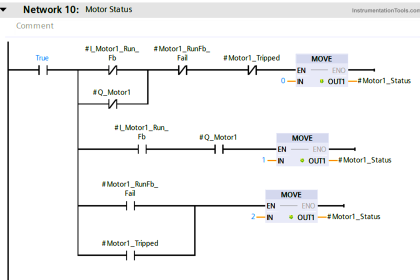

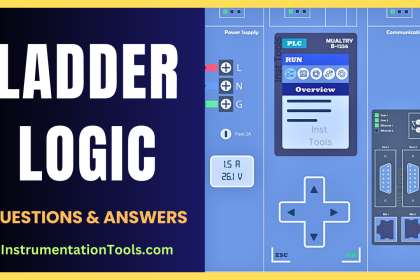
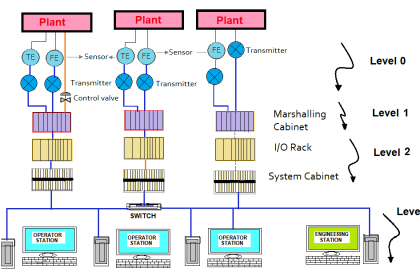
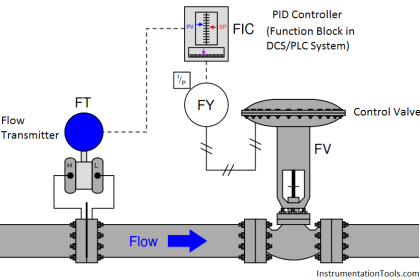
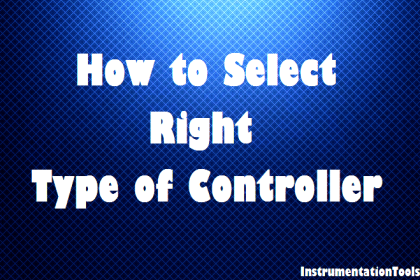

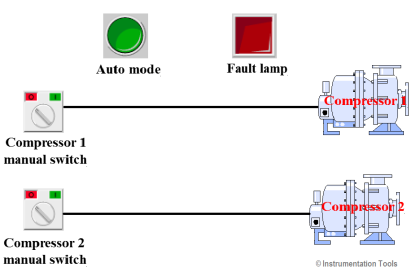

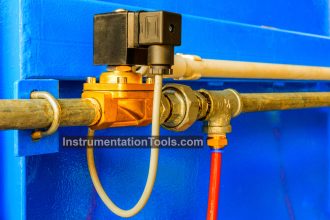
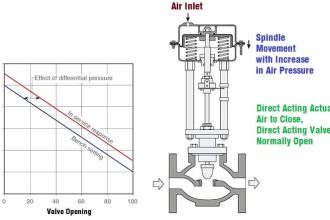
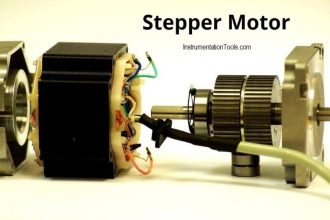
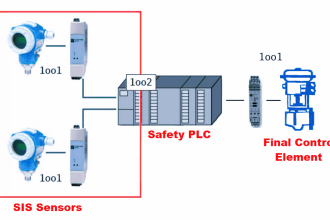
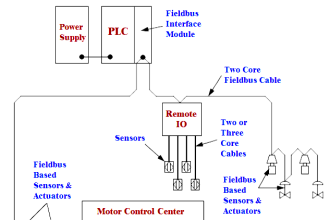
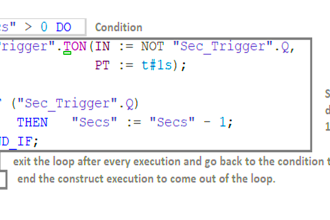


Faulty